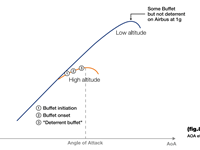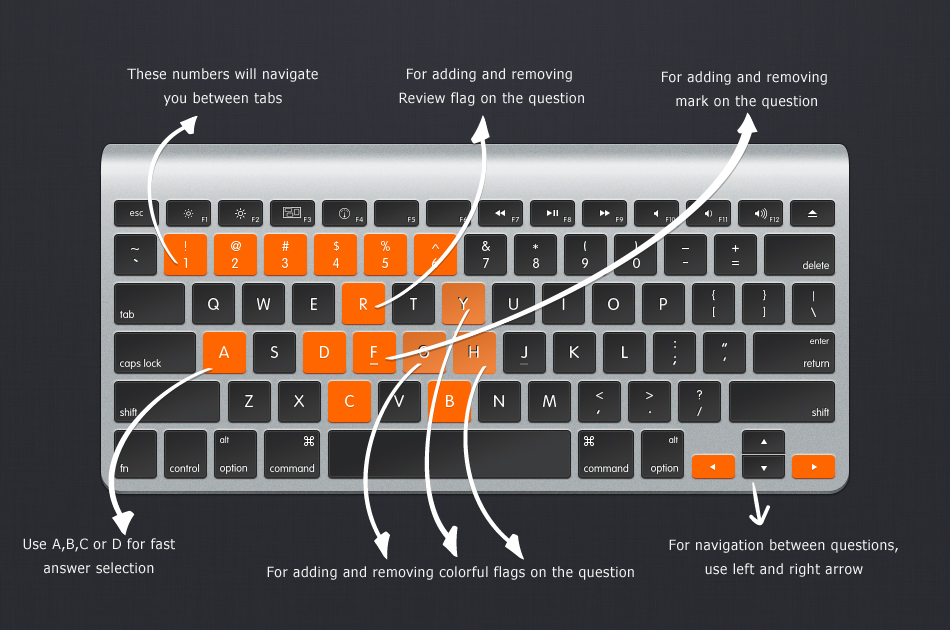Refer to figure.
- At buffet initiation, the pilot starts to feel airfl ow separation on wings upper surface.
- The buffet onset corresponds by defi nition to 1.3 g (corresponding to 40° of bank angle in level fl ight).
- The “deterrent buffet” is so strong that any pilot will feel he/she needs to leave these buffet conditions. It corresponds to one of the definitions of stall and is considered to be the stall limit on a jet transport aircraft.
Deterrent Buffet - the airplane exhibits sufficient buffet that the flight crew will be deterred from commanding even higher AOA.
Your Notes (not visible to others)





